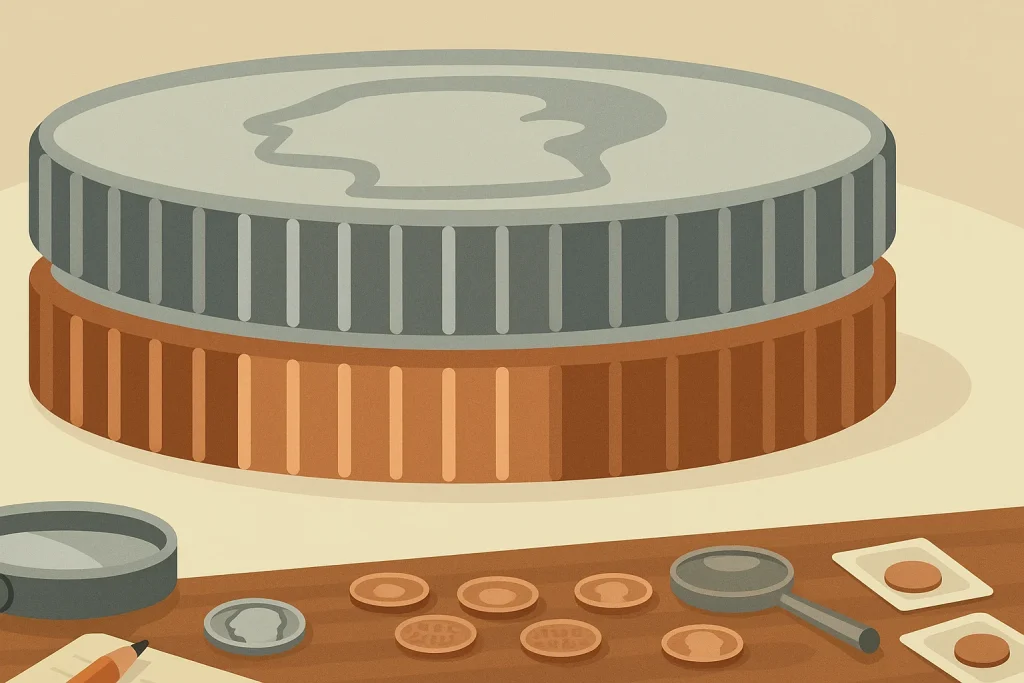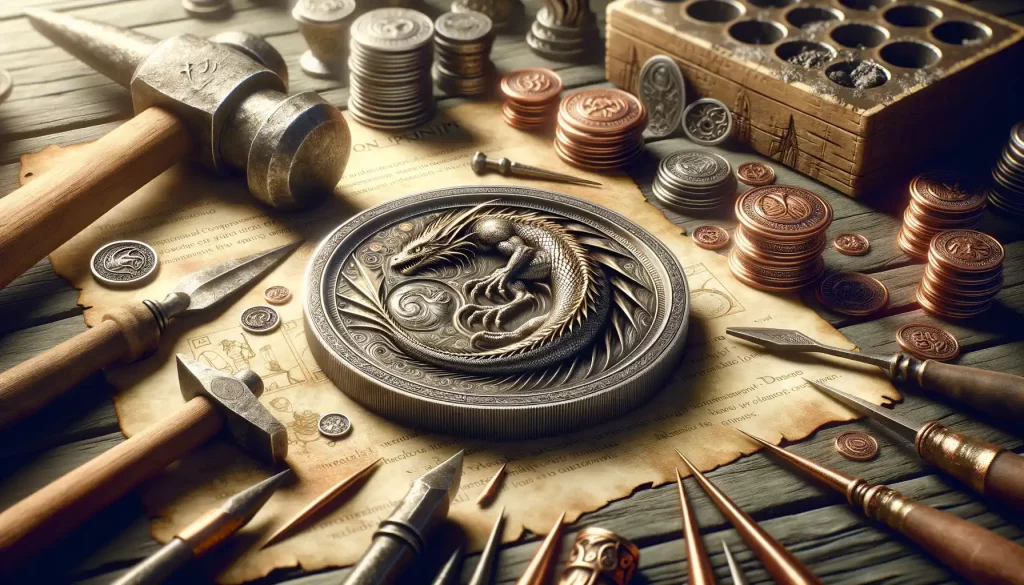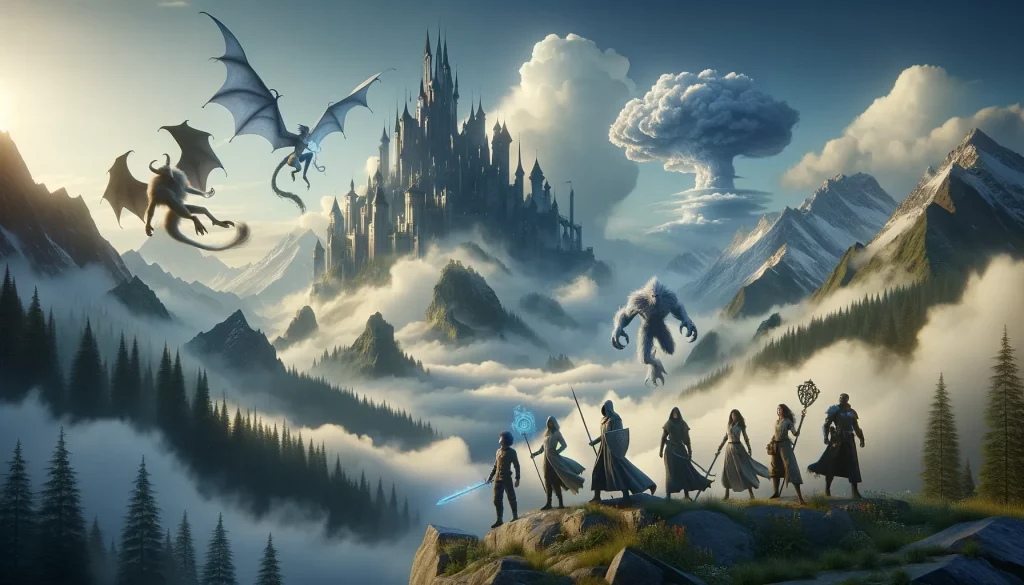Understanding the Importance of Collaboration in Fantasy Creation
The Magic of Shared Imagination
Fantasy creation is like weaving an intricate tapestry. Alone, your thread might be vibrant, but when combined with others, the result is breathtaking. Collaboration ignites creativity in ways that solo efforts simply can’t replicate. Think about it: a writer dreams up a sprawling kingdom, while a gamer brings its battles and adventures to life. Together? They create a living, breathing world.
Picture this—an author crafting a mysterious prophecy, rich in lore. Then, a gamer turns that prophecy into a jaw-dropping, in-game questline. That interdependence elevates both visions, making every twist and narrative flourish feel more alive for players, readers, or audiences alike.
Why One Brain Is Never Enough
When you work with others in fantasy creation, magic happens:
- An artist may design a forest that feels so real, you can almost hear the rustle of leaves.
- A game designer might map it out as a labyrinth of secrets, hidden treasures, and lurking beasts.
- A writer can tie it all together with heartfelt backstory or spine-tingling lore.
Collaboration opens doors you didn’t even know existed. It’s not just brainstorming; it’s creating a symphony, where every contributor brings their unique instrument. The end result? A spectacle that wows your audience and keeps them coming back for more.
Building Strong Relationships Between Authors and Gamers
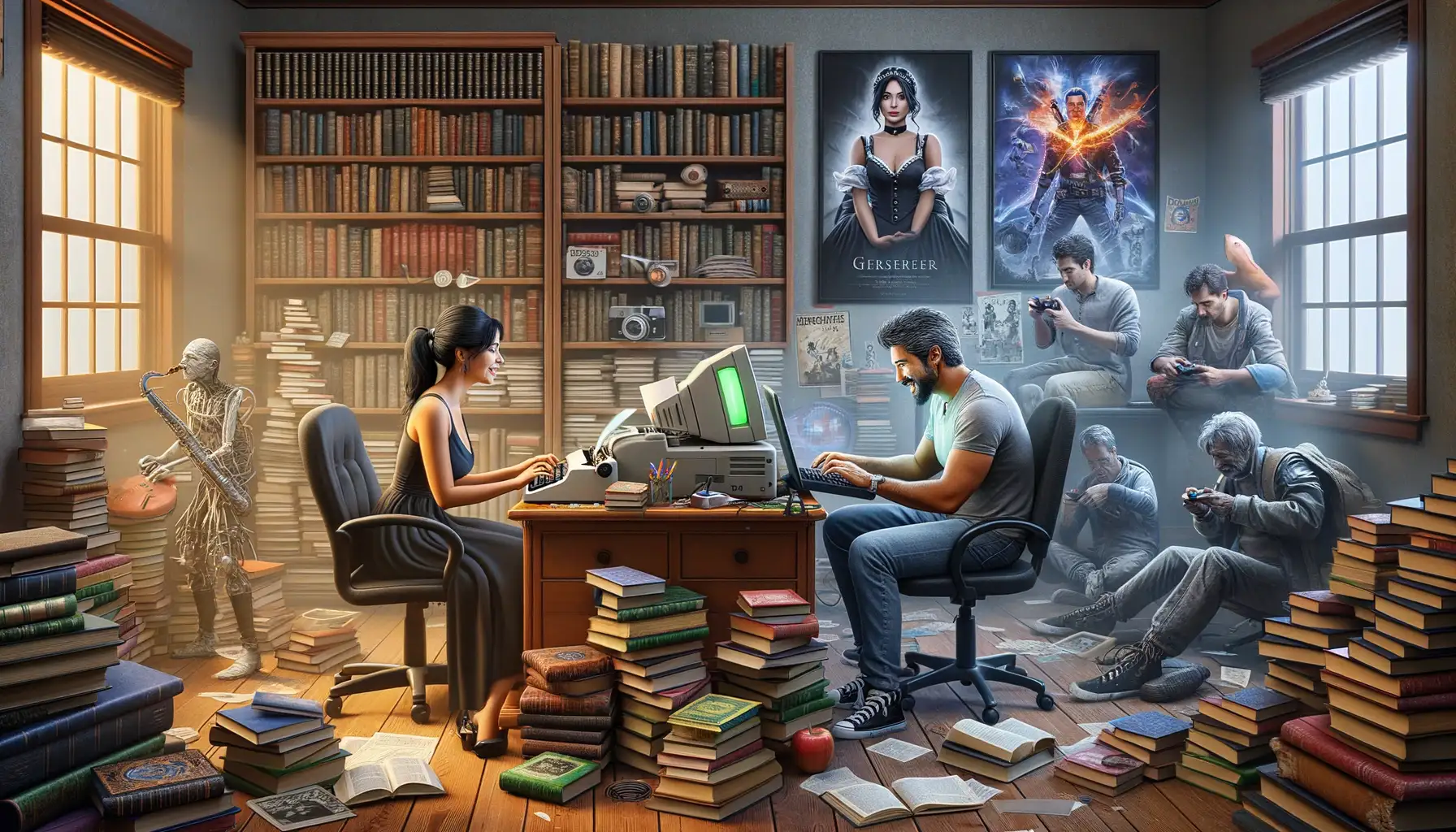
Creating Bonds that Spark Magic
In the world of fantasy, the connection between authors and gamers is like the thread of a spell—when woven tightly, it creates something extraordinary. Think about it: authors craft vibrant worlds filled with lore and mystery, while gamers are the adventurers who breathe life into these realms. This partnership isn’t just collaboration; it’s an alchemy of ideas, passion, and imagination.
To build a meaningful relationship, communication is your enchanted key. Don’t just share notes—share dreams. Ask questions like: “What excites you about this character?” or “How would you tackle this dragon’s dilemma?” Dive headfirst into their perspective. Remember, for gamers, storylines aren’t just narratives; they’re playgrounds to explore, challenge, and reshape.
- Be open to feedback—it’s not critique, but a map pointing toward uncharted lands.
- Celebrate their input. A gamer unlocking a plot twist might feel as triumphant as slaying an ogre.
The most unforgettable relationships are built on trust and mutual respect. Let the author’s quill meet the gamer’s joystick with awe and curiosity, and watch your collaborative world blossom into a masterpiece that neither could have created alone.
Tools and Platforms for Effective Collaboration

Where Creativity Meets Technology
When collaborating on fantasy designs, the magic isn’t just in your imagination—it’s also in the tools you use. Choosing the right platforms is like arming yourself with the best gear before a grand adventure. It makes the journey smoother and the battles (read: brainstorming sessions) far more epic.
For authors craving seamless storyboarding or gamers needing detailed map edits, tools like Miro and Trello provide virtual whiteboards where everyone can jot down wild ideas. Picture it: an enchanted, communal scroll where sketches, notes, and digital sticky tabs come alive. Got a slew of character designs or monster concepts? Platforms like Notion allow for beautifully organized libraries that feel as vast as an ancient lorebook.
The Power of Real-Time Collaboration
Sometimes, it’s not about capturing ideas but fleshing them out *together*. Beware the void of endless email chains! Turn to real-time magic like Google Docs for live text editing or Figma for co-designing graphics and layouts. Your worlds—and workflows—deserve synchronicity!
Dive into these tools, sharpen your collaborative blade, and watch your fantasy visions take flight!
Best Practices for Co-Creating Fantasy Designs
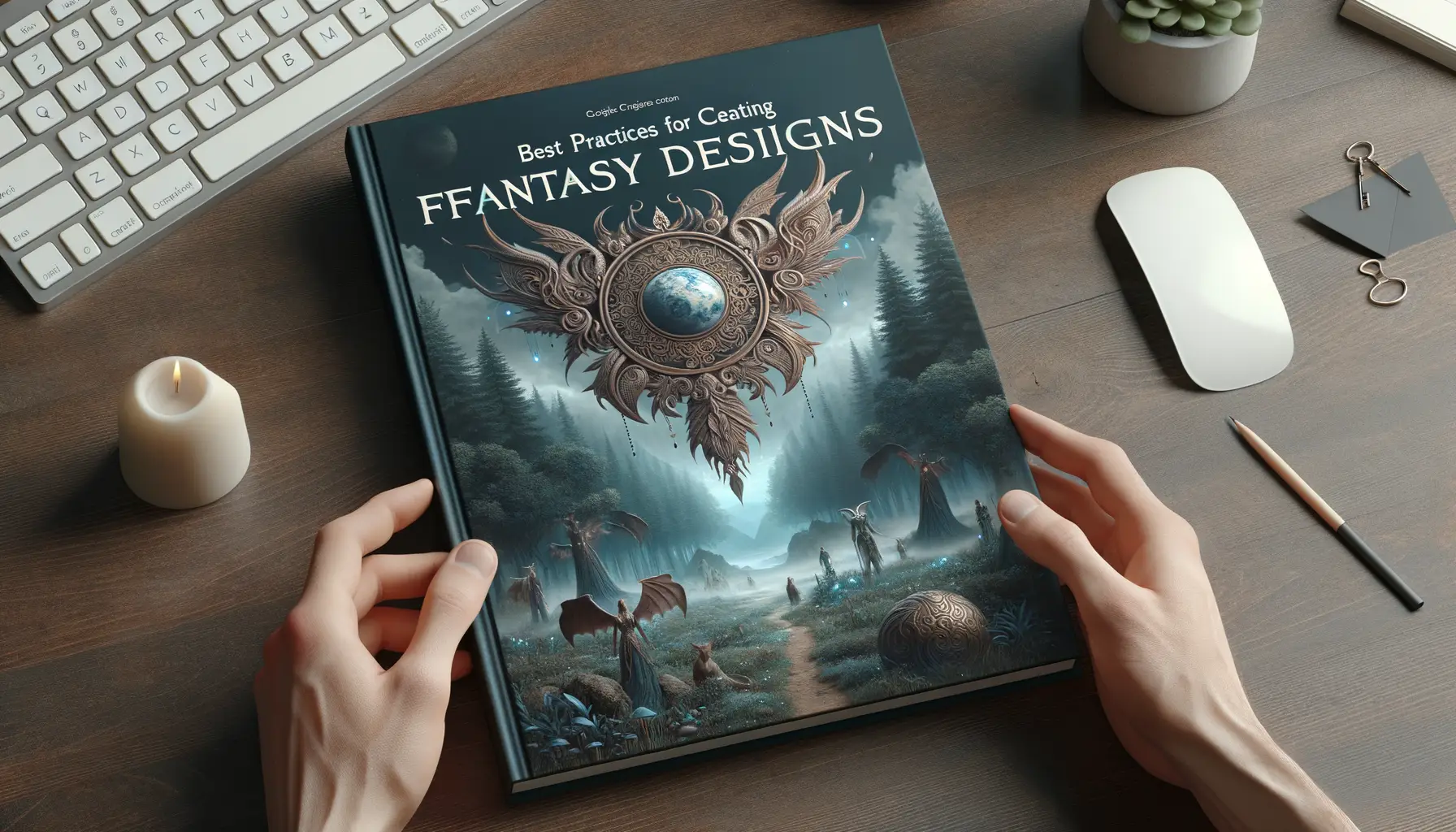
Igniting Creative Synergy: Tips to Balance Vision
When diving into the magical world of fantasy designs, remember: collaboration isn’t just about teamwork—it’s alchemy. It’s melding dreams together to craft something neither of you could achieve alone. Here’s how to make that magic happen:
- Define the core vision early. Whether you’re sketching a sprawling elven city or forging a battle-ready dragon sword, ask: What’s the soul of this design? Without this “north star,” creativity can spiral.
- Speak different languages. Not everyone visualizes the same way. An author may describe “a sky ripped apart by violet storms,” but a gamer might interpret this as glowing, electrified clouds. Visual aids work wonders!
- Build on each other’s excitement. Notice their voice light up over an idea? Follow that thread! Enthusiasm is your secret compass—it always points to gold.
Transform Feedback into Fuel
Critique doesn’t have to feel like a dragon ambush. Be open, curious—even playful. For example, if your gaming collaborator suggests a crystal sword “needs more edge,” don’t dismiss it. Instead, explore: Is it sharper light reflections? Harsher textures? Their input may surprise you and spark an entirely new direction.
Layer feedback with “what if” questions to keep momentum alive. Remember, co-creating fantasy is about evolution, not perfection.
Overcoming Common Challenges in Collaborative Projects
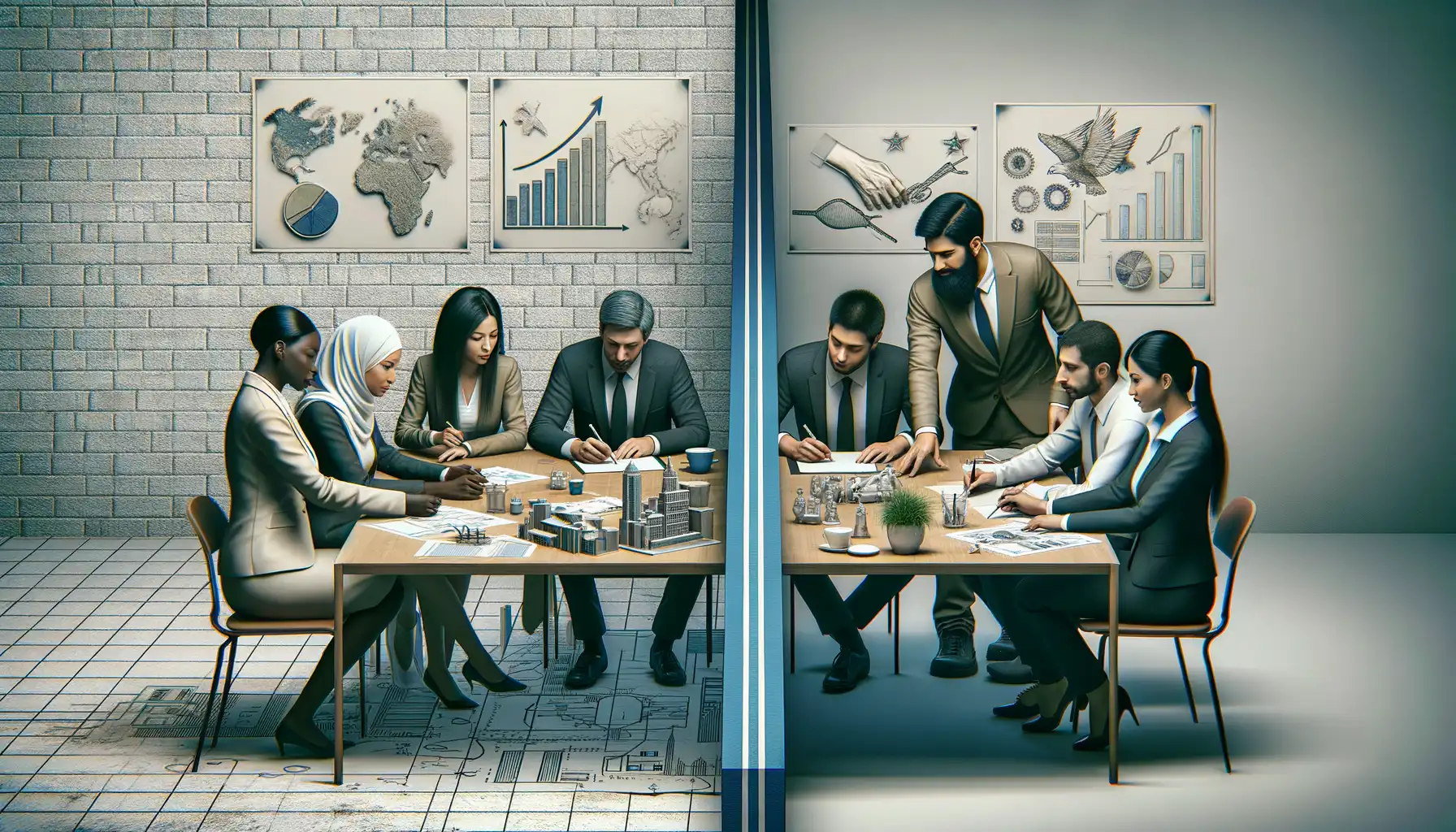
Differing Perspectives: A Blessing or a Curse?
Collaboration on fantasy projects often feels like trying to sync the minds of a wizard and a rogue—both brilliant, but wildly different. Authors may dream in lush prose, imagining complex lore, while gamers envision mechanics, gameplay flow, and intricate world maps. These diverging perspectives can spark magic or… chaos.
So, how do you turn clashing ideas into a masterpiece? Start by turning the metaphorical table into a *round table*, where everyone feels their voice matters. Use tools like shared brainstorming documents or virtual whiteboards to visualize ideas together. And don’t shy away from compromise—it’s not losing, it’s blending your creative potions.
- Tip: If conflicts arise, reframe disagreements as opportunities to refine ideas.
- Example: What if the author’s forest world could include the gamer’s idea for hidden treasure hunts? Everybody wins.
Time Management: The Deadliest Enemy
Ah, time—the ultimate tyrant in group projects. Between juggling deadlines, lengthy creative sessions, and life itself, keeping momentum can feel like herding dragons. Someone always has an overflowing spellbook (or calendar).
The fix? Get everyone on the same quest map. Use tools like Trello or Notion to break the project into achievable steps. Assign roles early—maybe the author handles character backstories, while the gamer builds NPC designs.
Real talk: It’s also okay to plan some buffer time for when the unexpected strikes. Fantasy worlds are vast; your timeline should have room for exploration!

